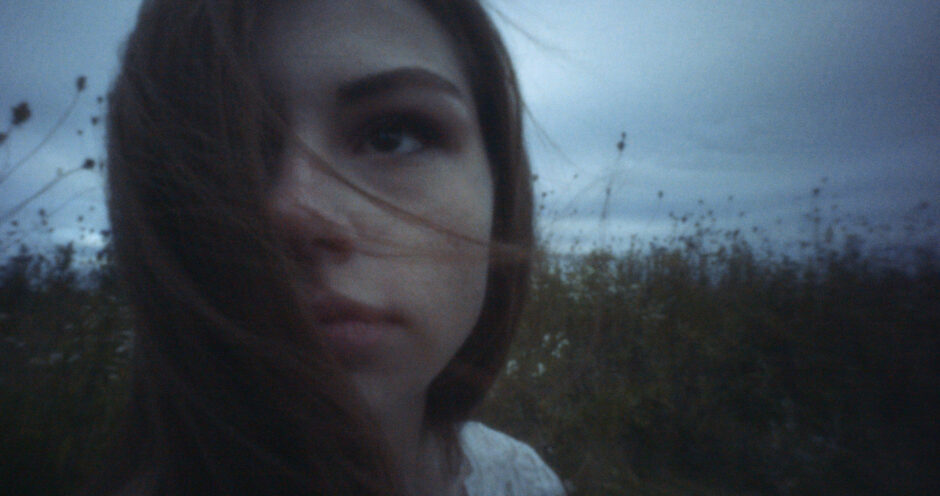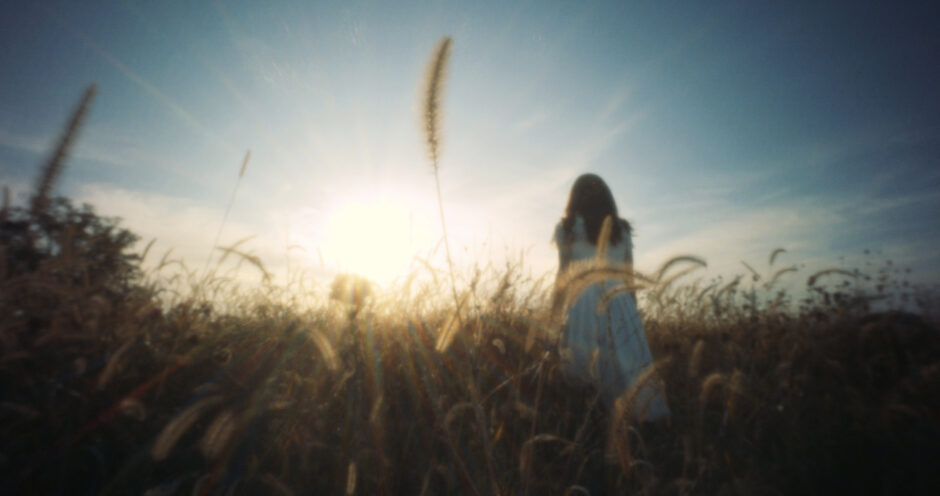
I’ve always been fascinated by stories set in one location. When I was young I was startled by the old time radio dramatization of Sorry, Wrong Number, a twisted tale about an invalid woman stuck in her apartment bedroom who slowly realizes one evening that she’s being stalked by a killer. I also had the idea growing up that if there were ghosts, they stayed in one place, way out in the middle of nowhere in the cold and dark, alone and unmoving. I’d look out the window on starless winter evenings driving home from my grandparents’ farm imagining lost souls in the black tree lines miles from the road, standing motionless in the sharp cold, listening to the trees creaking in the wind.
In film school my childhood conception of ghosts led me to the idea of a character who gives up and goes to a dark, cold place in the woods to die alone, and the conflict that results when his friends find him and try to convince him to get up and come back to his life. This eventually became my script Queen Anne, a story that combines a character who gives up and stops dead in her tracks with one who begins to be stalked by a mysterious threat but doesn’t run away, just like in Sorry, Wrong Number.

What excited me most about this story were the unique visual limitations: the film would be shot entirely in one location, save for the final scene, and start in the middle of the story, with only vague references in the dialog and visual clues to give you an idea of how the conflict began. I wanted it to have a vintage feel because it had to be set far enough back in time where you could believe that the characters could be on the run from the law and maybe get away with it, so I chose to shoot the entire project with a pinhole lens mounted on my Blackmagic Pocket 4K cinema camera. Digital camera technology has progressed to the point now that sensors can shoot video with a pinhole lens and maintain average shutter speeds. This means I can capture the lo-fi look of a pinhole photo in 24 frames a second video! The look this creates is somewhere between cheap home movie camera footage from the 60s and something closer to high-end 16mm film, a perfect look for Queen Anne.

I used two pinhole lenses to shoot the film: an 11mm Wanderlust Pinwide and an 11mm Thingyfy Pinhole Pro S. With the 2x crop of the Pocket 4K, this made these lenses 22mm equivalents, traditionally still too wide of an angle to capture a drama, but I embraced the look. By shooting so wide, I was able to give the film an uncanny, off-kilter feel, which suited the story well, though it meant I had to get the camera uncomfortably close to my actors for most of the shots! It also helped me make the modest forest preserve prairie we were shooting in look more like a vast wilderness that a young woman could believably hide in forever.

The film was shot over the course of a few weekends in October 2019, and hit plenty of production snags along the way. It kept raining on weekends, canceling important shoots and pushing us closer to a dead, wintery looking location, and wind and distant road traffic made the audio incredibly difficult to capture and edit. It was also really cold, which made it hard for our actress Abby, who’s costume was a lacy summer gown, to keep from shivering in scenes that were supposed to be set on a warm September day. The first pinhole lens even broke half-way through shooting, requiring me to drive three hours to borrow one from a friend. Props broke, fake blood got on every surface imaginable, but we finally finished production, and a year later the film is finished and ready to show. In fact, here it is!
I learned a lot shooting Queen Anne and it’s one of my favorite short films I’ve made so far. Part of the pleasure of making films is imagining something in your head and knowing that some day it will be visual reality. Like all of my no-budget ventures, the film is rough around the edges, but of all my work it most closely resembles my cinematic vision, and that’s all I could really hope for.

